Do you want to make a healthier lifestyle change? Maybe you’re getting in shape for summer? I’ve got you covered! I’ll be sharing what I’ve learned through my Keto diet.
I won’t deny it, but the Keto diet has greatly helped feel lighter and more energetic. My biggest struggle was finding keto bread substitutes (I LOVE a good pizza.. sandwich.. and bagel.)
I’ve been looking on the internet for a diet that will help me lose weight while also benefiting my health. And, fortunately, I came across the Keto diet.
So, if you’re interested in trying this diet, let’s get started!
What is Keto Diet?
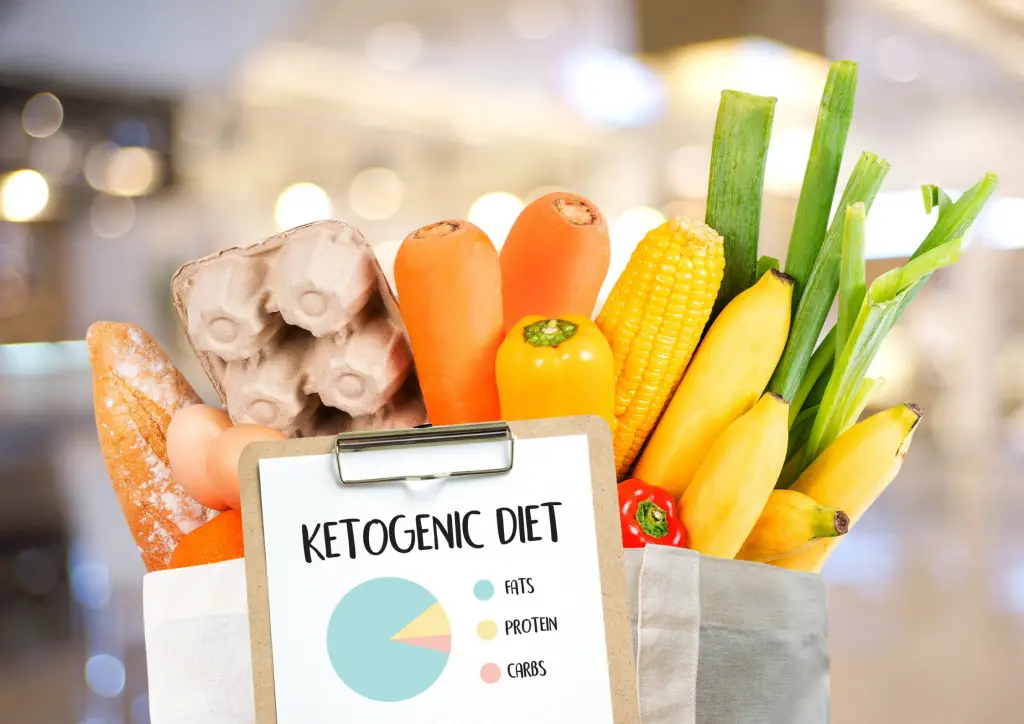
The Keto diet, also known as the Ketogenic diet it is a low-carb, high-fat diet. It’s a diet high in good fats, moderate in protein, and low in carbs.
The easiest carbs to digest, such as sugar, soda, pastries, and white bread, are cut back. According to Harvard Health, this diet concentrates on fat, which provides 90 percent of daily calories.
Carbohydrates are limited to 20 to 50 grams per day on a ketogenic diet. The body will begin to convert fat into ketones, which it will then use as energy.
The Different Ways to Do Keto Diet
Now that you have learned what is the keto diet is, it is time to learn the different ways to do it. There are different types of keto diets depending on your needs and want to achieve.
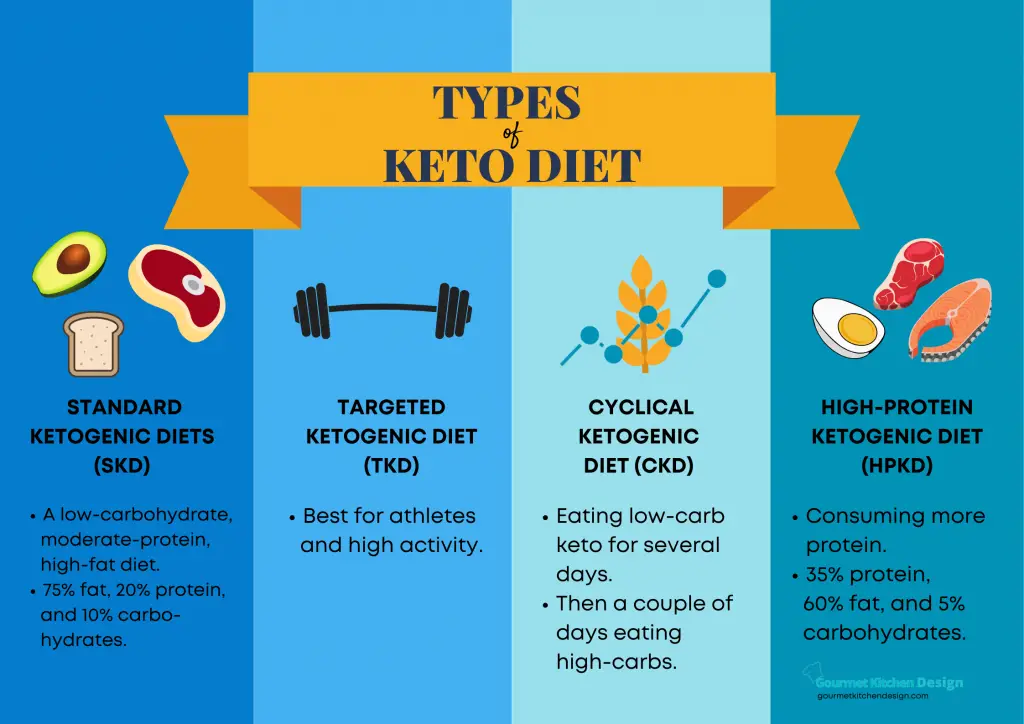
- Standard Ketogenic Diets (SKD)
This is the most common type of keto diet. This is a low-carbohydrate, moderate-protein, high-fat diet. It usually comprises 70–75% fat, 20% protein, and 5–10% carbohydrates.
Vegetables, especially non-starchy vegetables, should be a large part of a ketogenic diet because they are low in carbohydrates.
- Targeted Ketogenic Diet (TKD)
This is similar to a standard ketogenic diet, with the exception that carbs are consumed during workouts. The idea that carbohydrate taken before or after physical activity is absorbed considerably more efficiently because our muscles’ demand for energy increase when we’re active.
- Cyclical Ketogenic Diet (CKD)
This is commonly known as carb backloading. Carb backloading is widely known as the CKD diet. It includes days when you eat more carbs, such as five ketogenic days followed by two days consuming higher carbs.
The diet is for athletes. They use the higher carb days to replace glycogen that has been lost from their muscles during training.
- High-Protein Ketogenic Diet
This is comparable to a standard ketogenic diet, but the meal contains more protein. This has a nutrient ratio of 35% protein, 60% fat, and 5% carbohydrates.
NOTE: There is a lack of studies examining any long-term health risks if consumed for many years.
What Ketosis is?
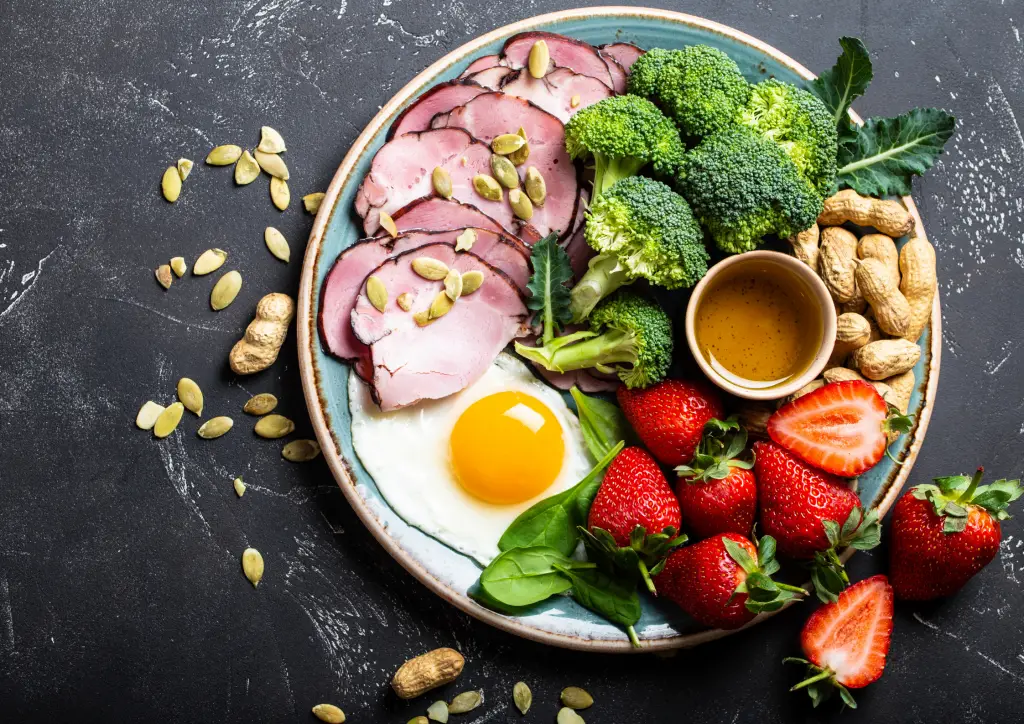
According to Healthline, Ketosis is a metabolic state in which the blood contains a high level of ketones. This occurs when fat is the primary source of energy for the body and glucose is scarce. Many cells in the body choose glucose as a fuel source.
Ketosis is frequently linked to ketogenic and very low carbohydrate diets. It can also occur during pregnancy, childhood, fasting, or malnutrition.
It is not harmful at all, but there are some side effects. Headache, fatigue, constipation, elevated cholesterol, and poor breath is short-term side effects. However, they usually go away within a few days or weeks on a diet.
Other Health Benefits of Keto
The Keto diet will not just help you lose weight, but it has a lot of health benefits. Diet started as a means of treating neurological disorders such as epilepsy. It also demonstrated benefits for a wide range of health conditions.
- Cancer
Studies see it can be an additional cancer treatment.
Insulin is a hormone that allows your body to either use or stores sugar as a fuel source. Ketogenic diets cause you to quickly burn through this fuel, eliminating the need to store it. This may help prevent you from certain types of cancer or possibly slow cancer cell growth.
- Heart Disease
It appears odd that a diet high in fat can raise “good” cholesterol while lowering “bad” cholesterol. However, low insulin levels can prevent your body from producing more cholesterol. So, you’re less prone to develop heart disease.
- Epilepsy
The ketogenic diet has been found in studies to help children with epilepsy have fewer seizures. However, it’s important to consult with your doctor to determine what’s best for you or your child.
- Nervous System Disorders
In addition to helping epileptic patients reduce seizures, the keto diet can also help with other nervous system ailments such as Alzheimer’s disease, Parkinson’s disease, and sleep disturbances.
Scientists aren’t sure why, but it’s possible that the ketones your body produces as it burns fat for energy help safeguard your brain cells.
- Polycystic Ovary Syndrome
High insulin levels can cause this. It occurs when a woman’s ovaries expand beyond their normal size and little fluid-filled sacs form around the eggs.
Ketogenic diets reduce the amount of insulin you produce as well as the amount you need. Along with other lifestyle changes like exercise and weight loss, it may help treat it.
Foods to Avoid When in Keto Diet
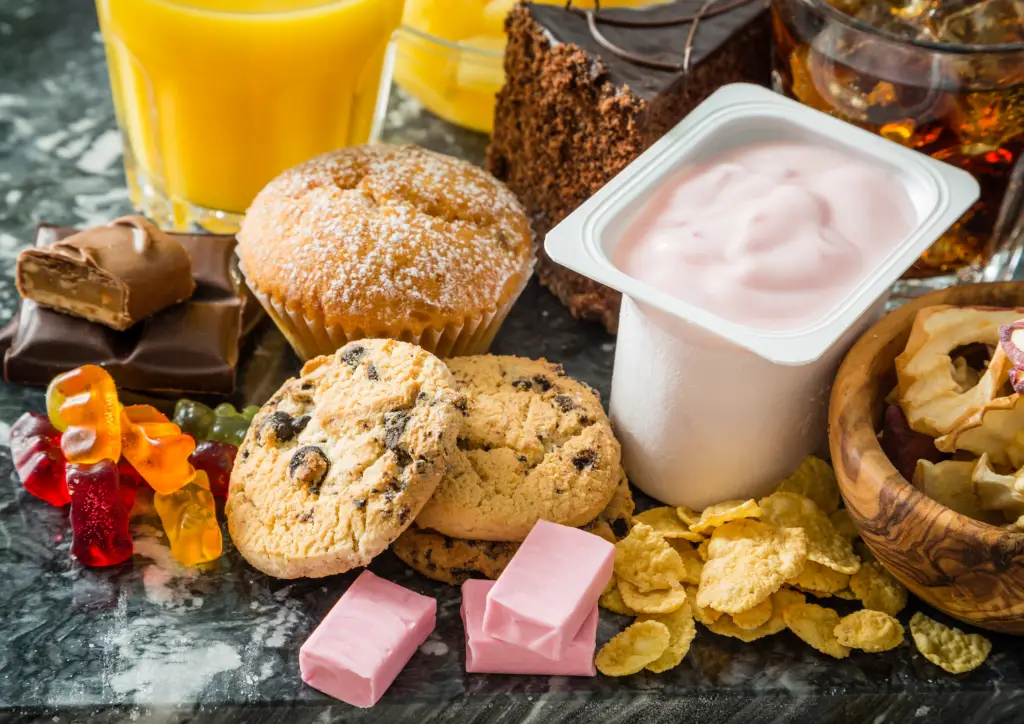
- Grains and starches (pasta, oatmeal, rice, etc.)
- Low-fat dairy products
- Sugary foods (soda, fruit juice, ice cream, smoothies, etc.)
- Beans and legumes (peas, kidney beans, lentils, etc.)
- Root vegetables and tubers (potatoes, carrots, sweet potato, etc.)
- Unhealthy fats (mayonnaise, processed vegetable oil, etc.)
- Alcohol (beers, wine, liquor, mixed drinks)
- Traditional snacks (potato chips, pretzels, crackers)
- Some condiments sauces (barbecue sauce, honey, mustard, etc.)
- Trans fat (margarine, french fries, frozen pizza, etc.)
Foods to Eat When in Keto Diet
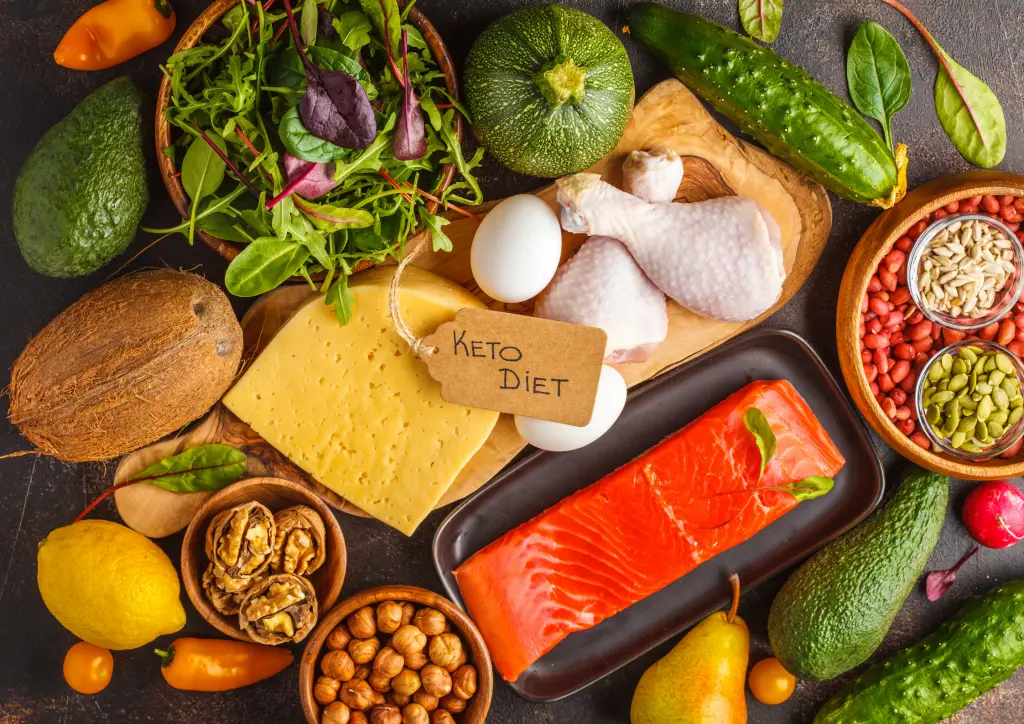
- Meat (red meat, steak, ham, sausage, bacon, etc.)
- Fatty fish (salmon, tuna, mackerel, etc.)
- Eggs
- Butter and Cream (Grass-fed butter and heavy cream)
- Unprocessed Cheese
- Nuts and seeds (almonds, walnuts, chia seeds, etc.)
- Healthy oils
- Avocados
- Low-carb Vegetables
- Condiments
Here are some sample go-to Keto meals
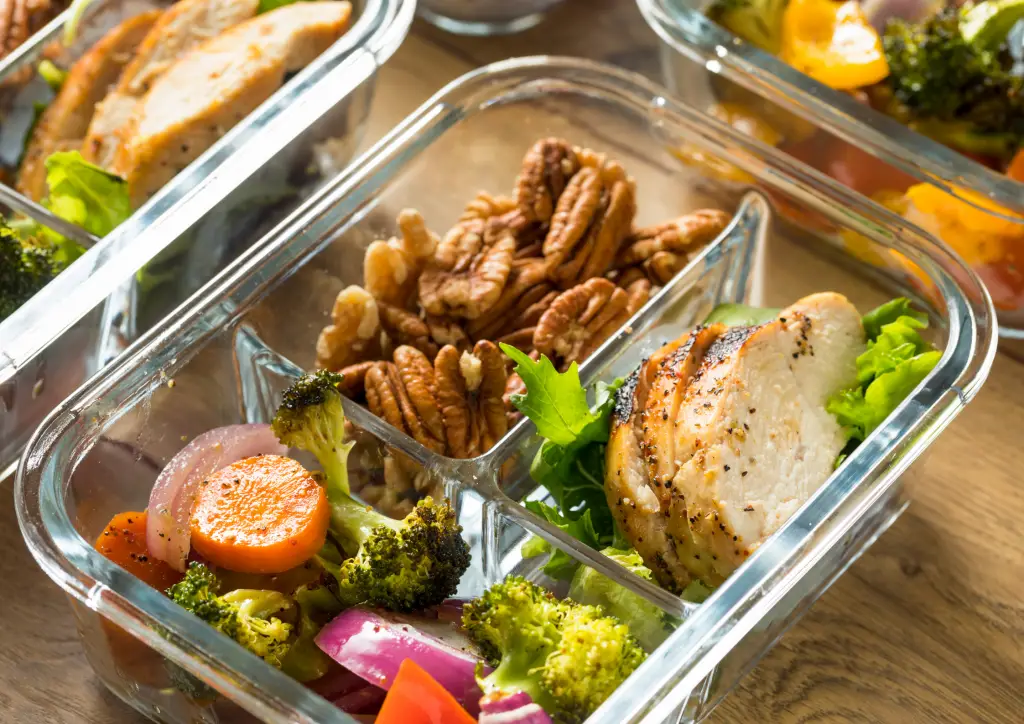
- Taco Stuffed Avocados
- Cobb Egg Salad
- Buffalo Shrimp Lettuce Wraps
- Keto Egg Salad
- Loaded Cauliflower Salad
- Buffalo Shrimp Lettuce Wraps
- Philly Cheesesteak Lettuce Wraps
- Fajitas with Lettuce Wraps
- California Burger Bowls
- Keto Quesadillas
- Cheeseburger Tomatoes
Snacks to Eat When in Keto Diet
We get hungry in between meals, mainly if we have used a lot of energy during the day. Here are some keto snacks to try.
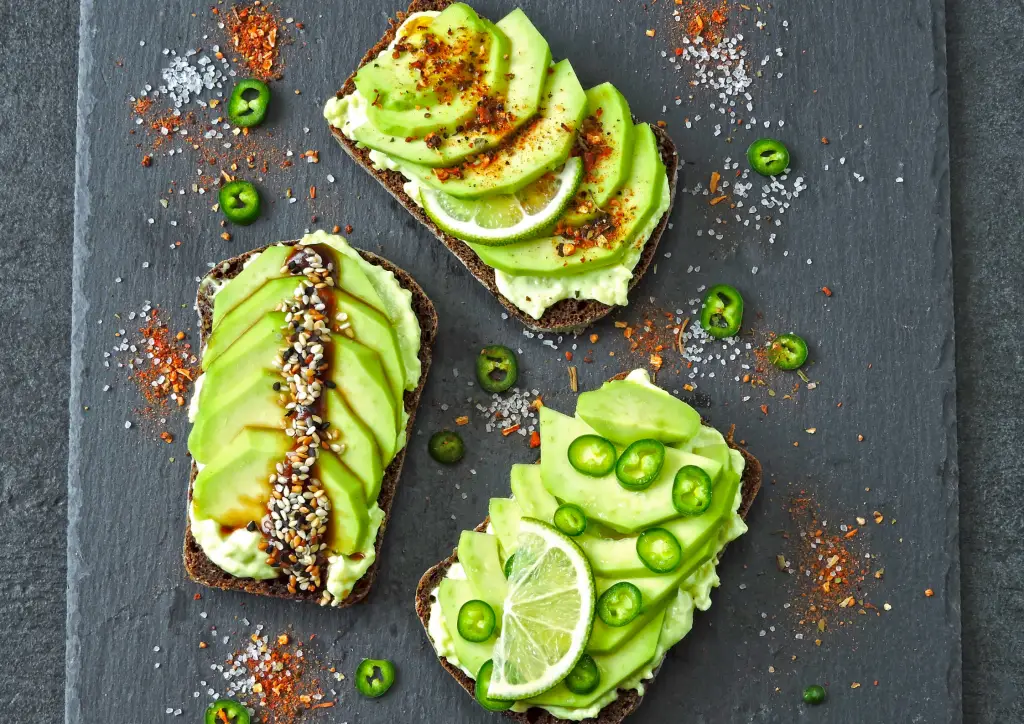
- Avocado
- Nuts or seeds
- Keto sushi bites
- 90% dark chocolate
- Full-fat Greek yogurt with nut butter or cocoa powder
- Fat bombs
- Strawberries
- Olives
- Hard-boiled eggs
- Keto-friendly snack bars
- Bell peppers and guacamole
- Smaller portions of left-over meals
- Celery with salsa guacamole
Keto Tips and Tricks
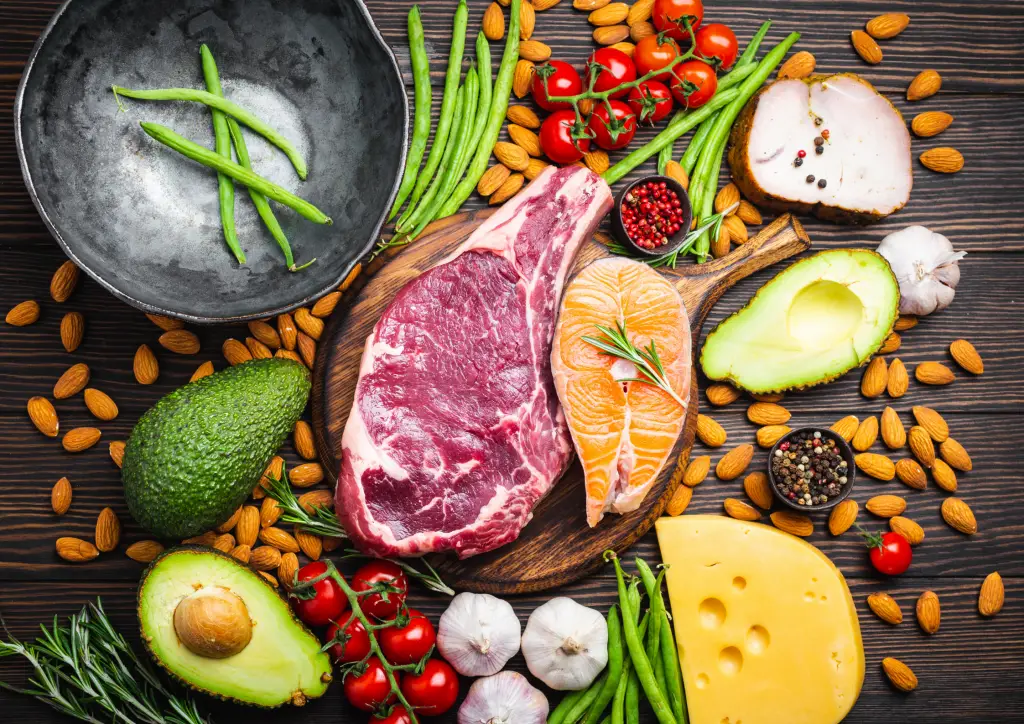
It can be challenging to get started on a Keto diet. Well, any diet might be difficult at the beginning. You must be self-disciplined to achieve your goals.
Here are some tips and tricks to help you make your Keto diet easier.
- It’s a good idea to plan your meals ahead of time so you can save time during the week.
- When attending social gatherings, carrying your food might help you control cravings and stick to your meal plan.
- Familiarize yourself with food labels and check the grams of fat, carbohydrates, and fiber.
- Some meal delivery services also include keto-friendly options for those looking for a quick and easy way to eat.
- When you’re short on time, consider healthy frozen keto meals.
- Keto-friendly recipes and meal ideas can be found on various websites, food blogs, apps, and cookbooks.
Eating Out on a Ketogenic Diet

I rarely ate out when I first started my keto diet. I didn’t want to mess up my diet. But I can’t help myself, so I find ways to eat out with family and friends while sticking to the diet.
Keto-friendly meals are available at a variety of restaurants. They have some fish and meat that are suitable for the keto diet. Any high-carb food can be replaced with more vegetables.
Meals made with eggs are also a good choice. One of my favorites is the burger without bread. And I ask the waitress to replace vegetables or avocado for the fries.
Of course, I’m not skipping dessert. I usually order berries with cream or a cheese platter.
It’s not tricky because restaurants are willing to make changes to their meals when I ask them.
Keto Flu
When you start a keto diet, the first few days or weeks might be difficult. Your body transitions from primarily burning glucose to primarily burning fat as a source of energy.

If you have these symptoms, you may be suffering from the so-called “Keto flu.”
- Fatigue
- Headache
- Irritability
- Lack of motivation
- Difficulty focusing or brain fog
- Dizziness
- Muscle cramps
- Less energy for intense exercise
But don’t worry. By replenishing fluids and salt, you can reduce the severity of these symptoms. You can drink a cup or two of salty broth or use a salt shaker. These symptoms will disappear as your body adjusts to the new energy source.
Keto Diet Risk/Dangers
According to Healthlines, several risks associated with the ketogenic diet should be kept in mind.
- Stress the kidneys
You may have a higher risk of kidney stones if you eat a lot of high-fat animals. According to research, eating many animal foods causes your blood and urine to become more acidic, which leads to higher calcium excretion in your urine.
- Cause digestive issues and changes in gut bacteria
It can be challenging to meet your daily fiber needs on the keto diet because it restricts carbs. The keto diet might cause constipation and digestive pain.
The healthy bacteria in your stomach are fed by fiber. A healthy stomach can aid with immunity, mental health, and inflammation reduction.
- May lead to nutrient deficiencies.
Because the keto diet restricts some foods, including nutrient-dense fruits, it’s possible that it won’t give enough vitamins and minerals.
According to research, the keto diet is deficient in calcium, vitamin D, magnesium, and phosphorus.
- Cause dangerously low blood sugar
Keto helps people with diabetes manage their blood sugar levels. However, keto may aid in the reduction of hemoglobin A1c levels, a measure of average blood sugar levels.
- May damage bone health
Several animal studies have linked the keto diet to reduced bone strength, most likely due to bone mineral density decreases that occur as your body adjusts to ketosis.
- May increase the risk of chronic disease and early death
According to some research, high-fat, low-carbohydrate diets centered on animal foods may harm one’s health. In contrast, diets centered on vegetable sources of fats and proteins are beneficial.
FAQs about keto diet
Can I build muscles with a ketogenic diet?
Yes, a study shows that you can build muscles with a ketogenic diet.
Will I lose muscle?
When on a diet, there is a risk of losing some muscles. However, if you eat enough protein, have high ketone levels, and lift weights, you can reduce muscle loss.
Can I ever eat carbs again?
Yes. However, you must reduce your carbohydrate intake first. You can consume carbs again after 2-3 months. But don’t forget to return to your diet immediately.
Conclusion
The Keto diet is a high-fat, low-carbohydrate diet with numerous health benefits. This diet is appropriate for persons who are overweight, diabetic or trying to enhance their metabolic health.
A ketogenic diet can be done in a variety of ways. It’s essential to conduct some research and speak with your doctor about it. Not everyone will be capable of following a Keto diet. Always be mindful of the risks that it may pose. Not only keto diet have risks but also other diets. Always consult a doctor.
You may find ketogenic diet recipes online or through apps that you can download to help you follow your diet. Check out my favorite Keto Breads Cook by Kelley Herring as well.
Is this article helping you in learning more about the keto diet? Please let me know in the comments section.


